Blog
5 Hidden Gems On The 2025 Olive Route (Italy)
Everyone knows the highlights of Italy – Rome, Florence, Sicily, Amalfi Coast, Venice, Pisa – and for good reason. They are full of great food, legendary historical sites and incredible architecture. They are not to be missed and you can visit them on some of our other European tours like Viva Italia and Trans-Europa. The country also has an unbelievable number of hidden gems, towns and cities that are lesser known but fascinating and compelling in their own right. Her are 5 excellent examples that the Olive Route will pass through, each one providing the riders with a unique experience.
Matera
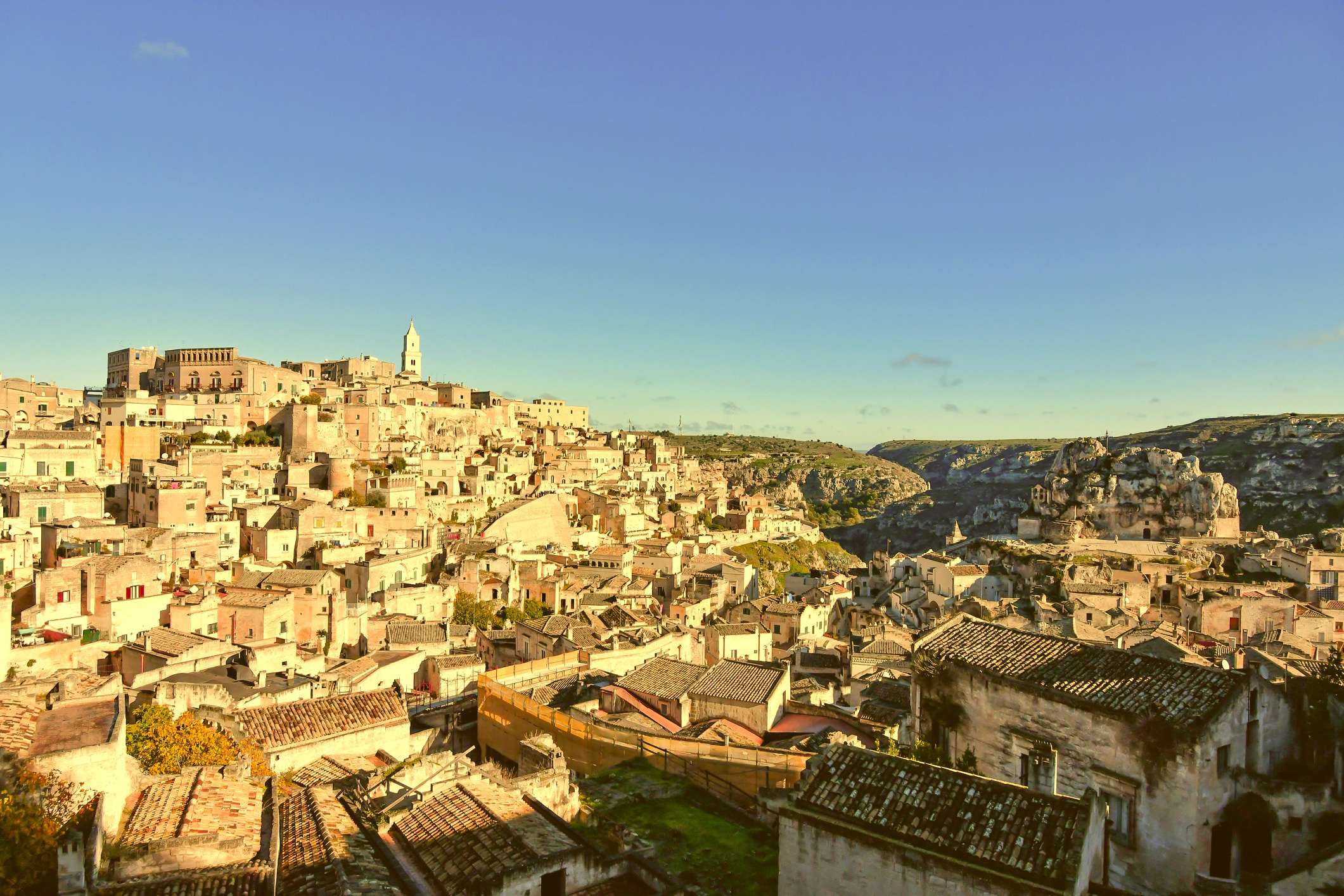
The riders on the Olive Route will certainly enjoy their rest day in Matera, the ‘Citta Sotterranea’ (Underground City), a UNESCO World Heritage Site. Set in a canyon overlooking the Gravina River, the area has been populated since the 10th century, making it one of the oldest cities in the world. The early inhabitants dug caves into the sides of the gorge to live in and many chapels were also created in the same manner. The city is divided into two – the upper reaches with the Cathedral and then the historic Sassi (Caves) districts lower down where the original cave dwellings are located. Lonely Planet strongly suggests that visitors read Carlo Levi’s, Christ Stopped at Eboli, to get a better feel for the town’s historical past.
Sulmona
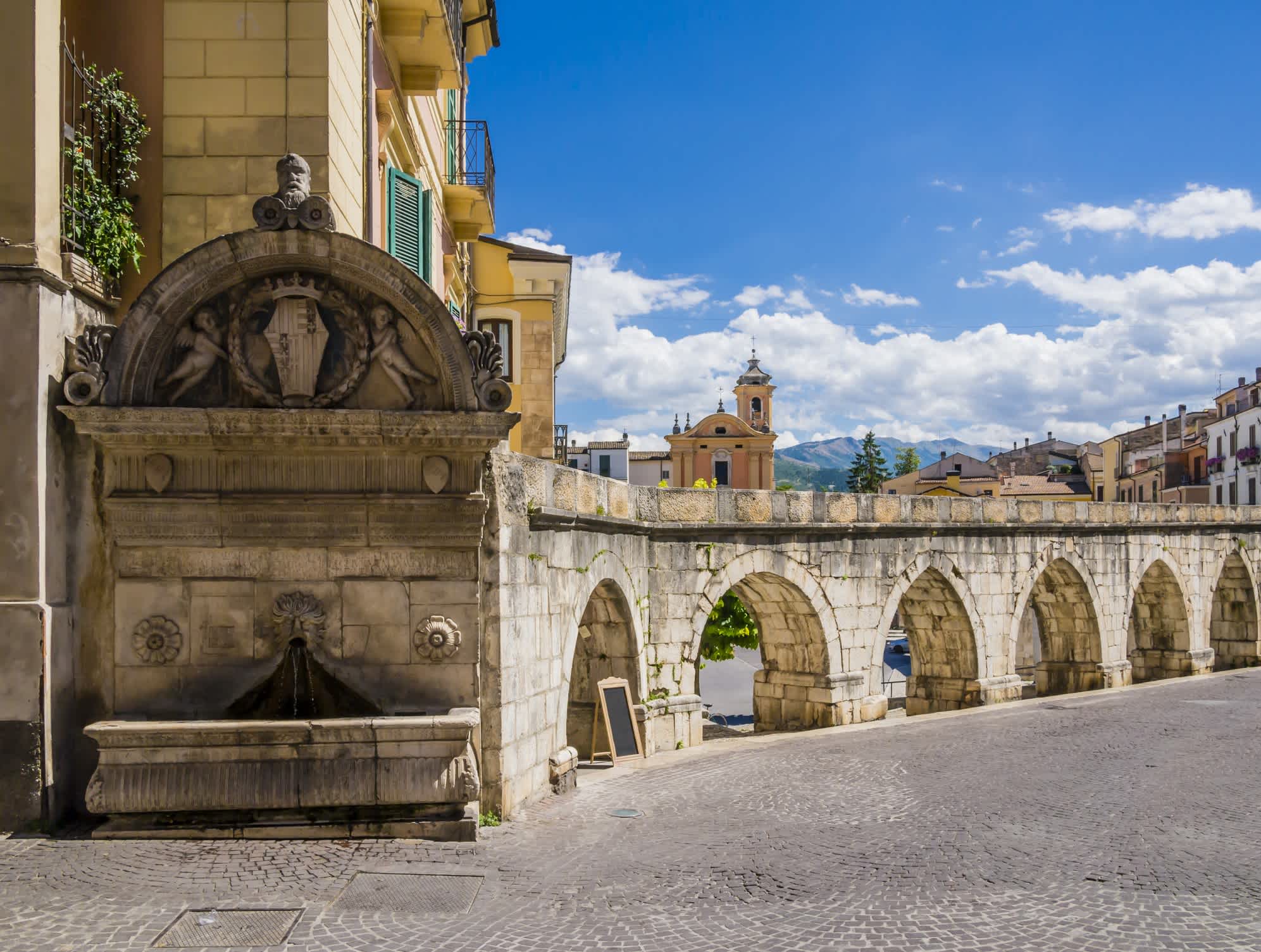
Roman aqueduct in Sulmona’s historical centre
Surrounded by the towering peaks of Maiella National Park, this ancient town is known not only as the birthplace of the Roman poet Ovid (marked by a bronze statue on the town’s main road) but is perhaps more famous as the home of the popular Italian sweet, confetti. These are sugar coated almonds available in a wide assortment of flavours that can be coloured and then combined to create amazing designs. There is even a free Confetti Museum that the riders can visit located in the Fabbrica Confetti Pelino, the town’s oldest and best known confetti manufacturer. Otherwise the cyclists can simply explore the town and take in the beautiful mountain views from the central Piazza Garibaldi.
Perugia
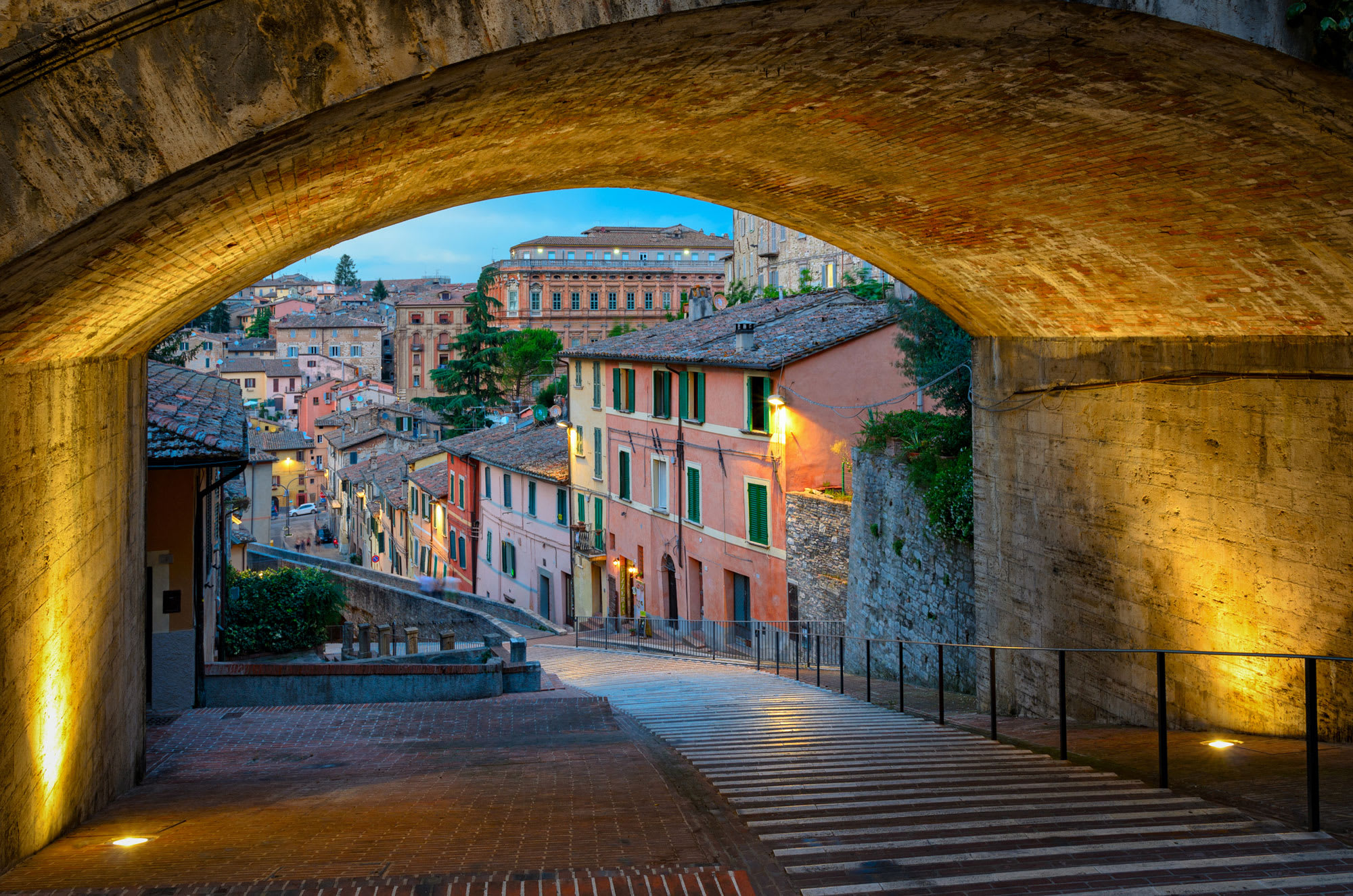
Via dell’Aqueduct, Perugia
This hilltop city is the capital of Italy’s Umbria region and is known for its historic centre. The riders can spend their rest day here wandering through medieval alleyways, past traditional mansions, up and down ancient staircases and passing under its famous Roman aqueduct. Hungry cyclists will be thrilled to discover that the city is equally celebrated for its chocolate, especially the delicious Italian kisses, Baci Perugina. There is also a chocolate making school and each October over a million visitors take part in the city’s Chocolate Festival featuring incredible giant chocolate sculptures. And if that wasn’t enough, the region is also renown for truffles, both black and white, which can be found in the many local markets.
Ravenna
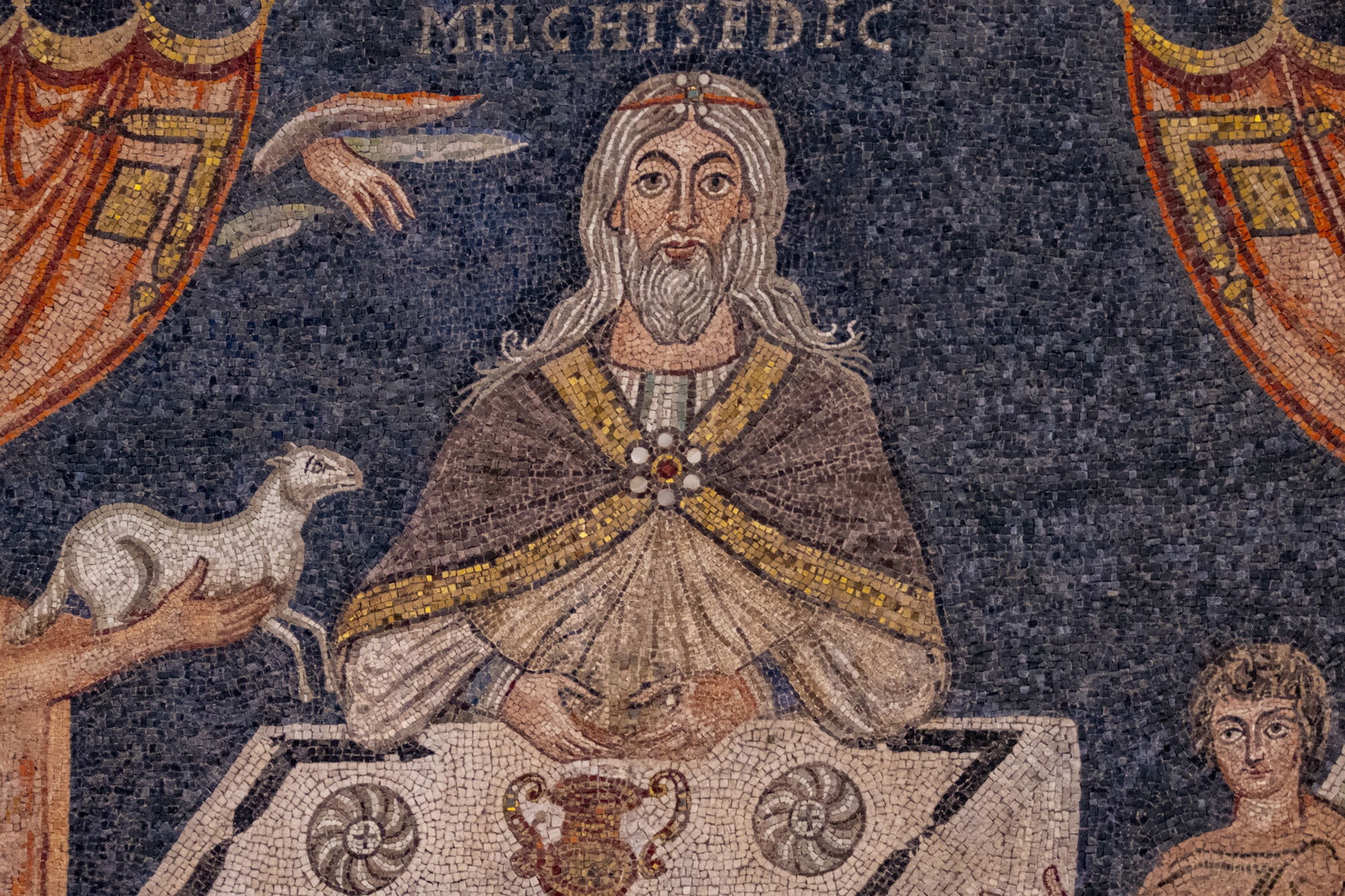
Religious mosaics on the walls of Sant’Apollinare in Ravenna
Once the capital of the Western Roman Empire, Ravenna is now most known for its incredible early Christian mosaics which are on UNESCO’s World Heritage list. They reflect both the Roman and Byzantine influences and include such masterpieces as the cupola of the Battistero degli Ariani depicting the baptism of Christ. The famous Italian poet, Dante Alighieri, was so taken with the mosaics that he spent his last years in Ravenna in order to be close to them. Riders will also enjoy eating some amazing fresh seafood (the Adriatic is very close by) and can spend some time drinking espressos and people-watching in Umbrella Alley, a peaceful street shaded by colourful umbrellas suspended overhead.
Cremona

Violins. That is what Cremona is best known for. Way back in the 17th century, the celebrated craftsman Antonio Stradivarius, began create his famous instruments. However, the city’s musical heritage goes back another 200 years to the 1530’s when violins made by Andrea Amati were also popular throughout Europe. Over the years Stradivarius, constructed over 1,000 violins, of which around 400 are still in existence and Cremona now has, unbelievably, over 100 violin-making workshops in operation. Riders can get a handle on all this musical history by visiting the Museo del Violino or taking in a violin concert at the Teatro Amilcare Ponchielli.
RELATED
TOUR

Olive Route
The Olive. The food most closely associated with Western European civilization. Olive oil. One of the most important ingredients in European cuisine...
 REGISTER NOW
REGISTER NOW
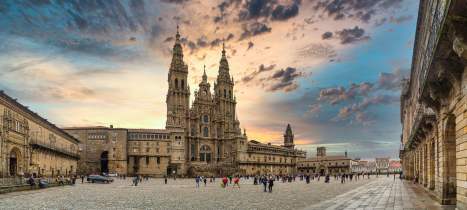
![Cycling Italy: A Vicarious Viva Italia Experience in 2 Parts [VIDEO] FOT09617](https://res.cloudinary.com/dev-content/w_467,h_350,c_fit/cdi/2023/04/FOT09617.jpg)


Leave a Comment for "5 Hidden Gems On The 2025 Olive Route (Italy)"